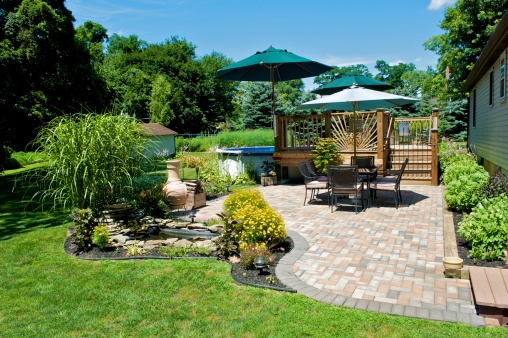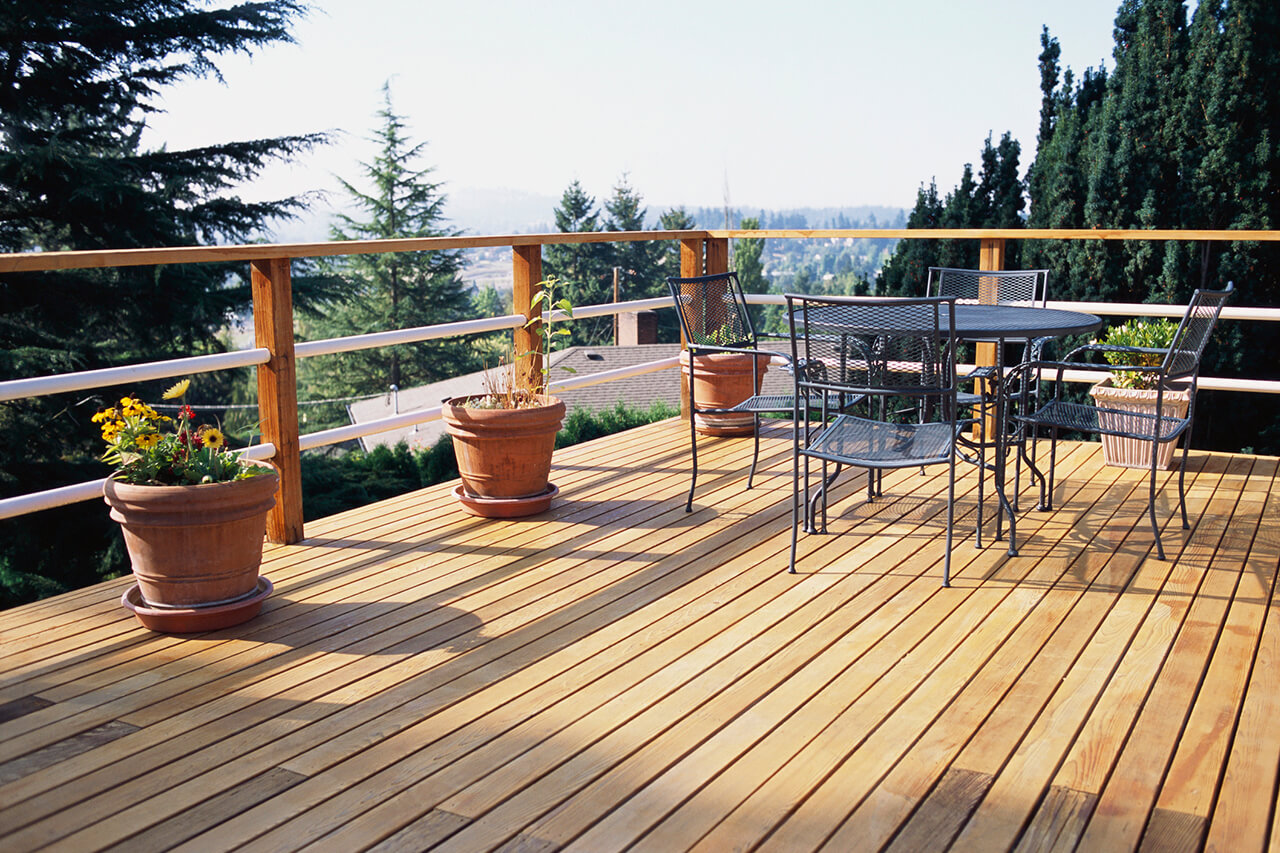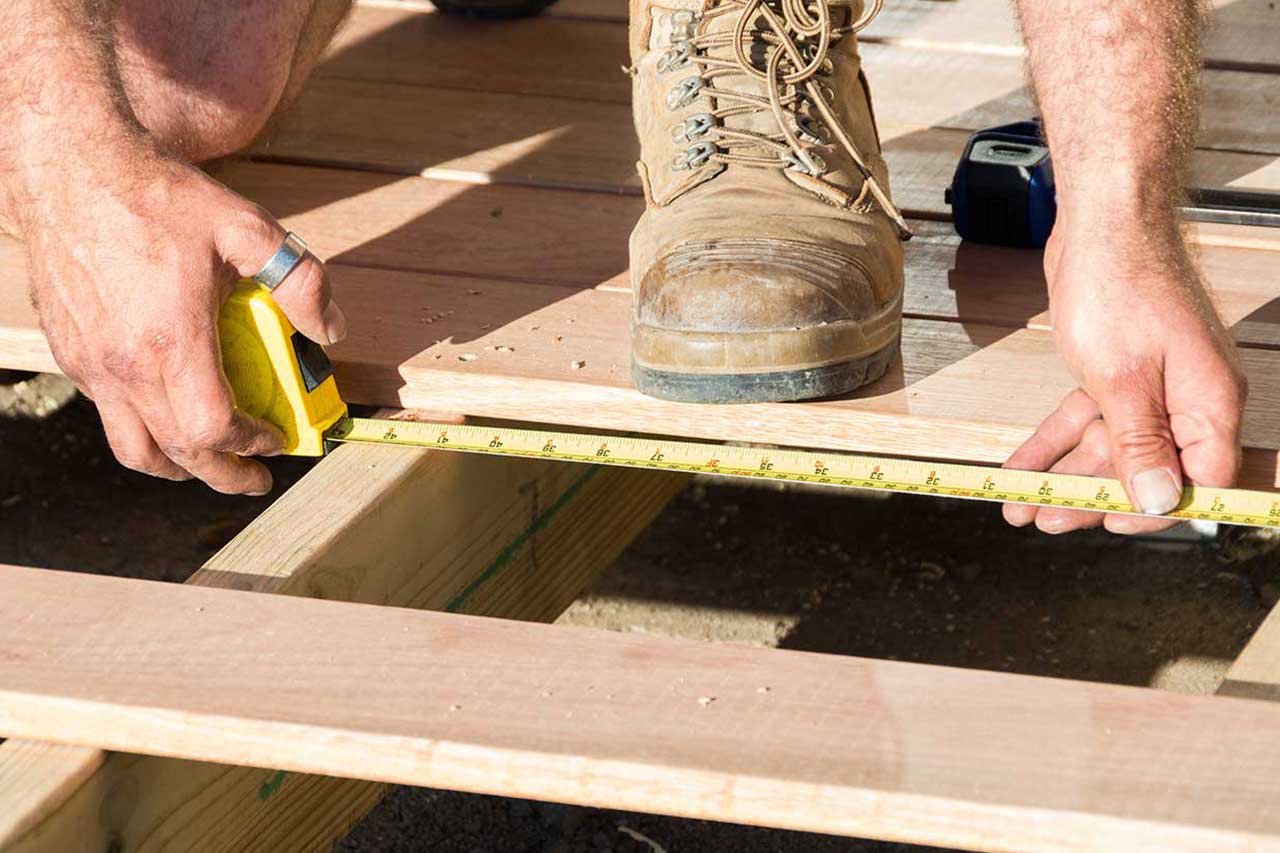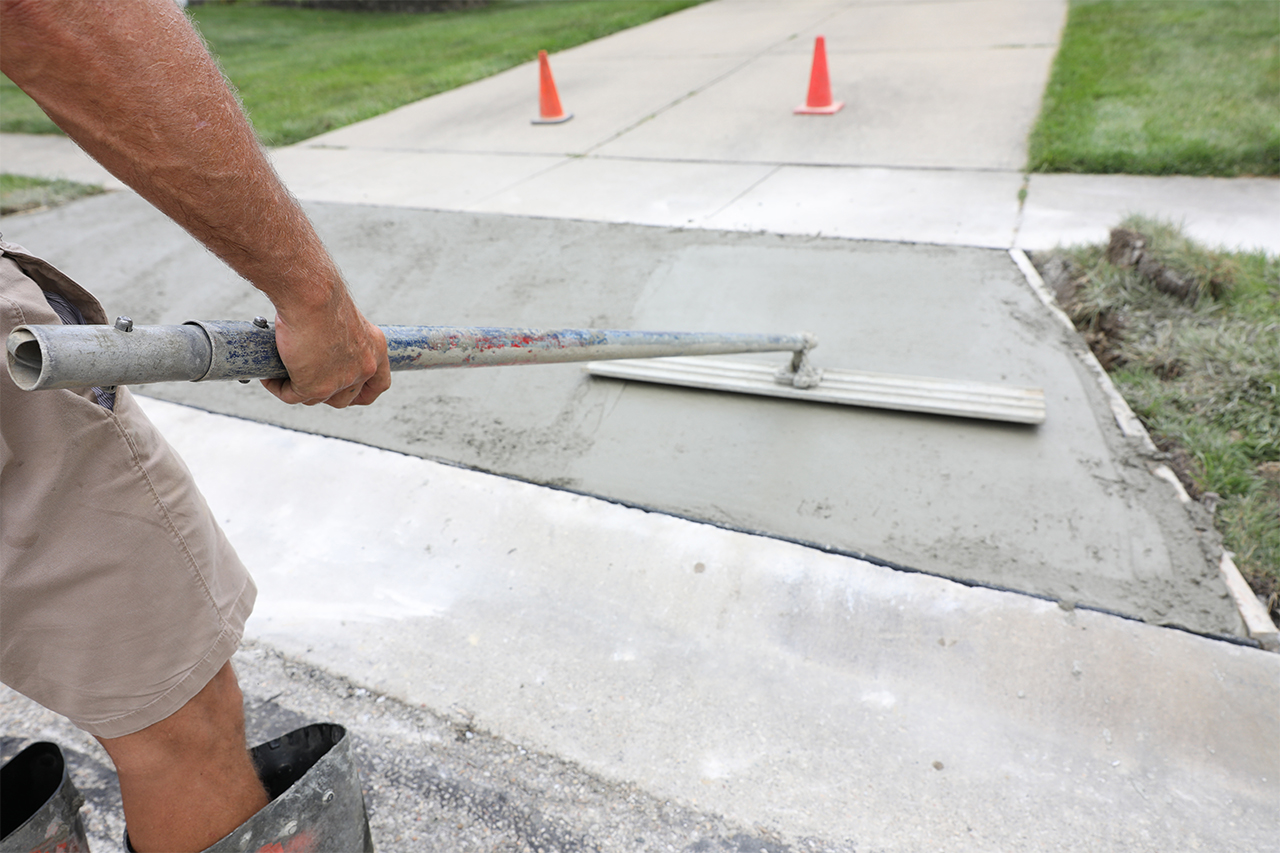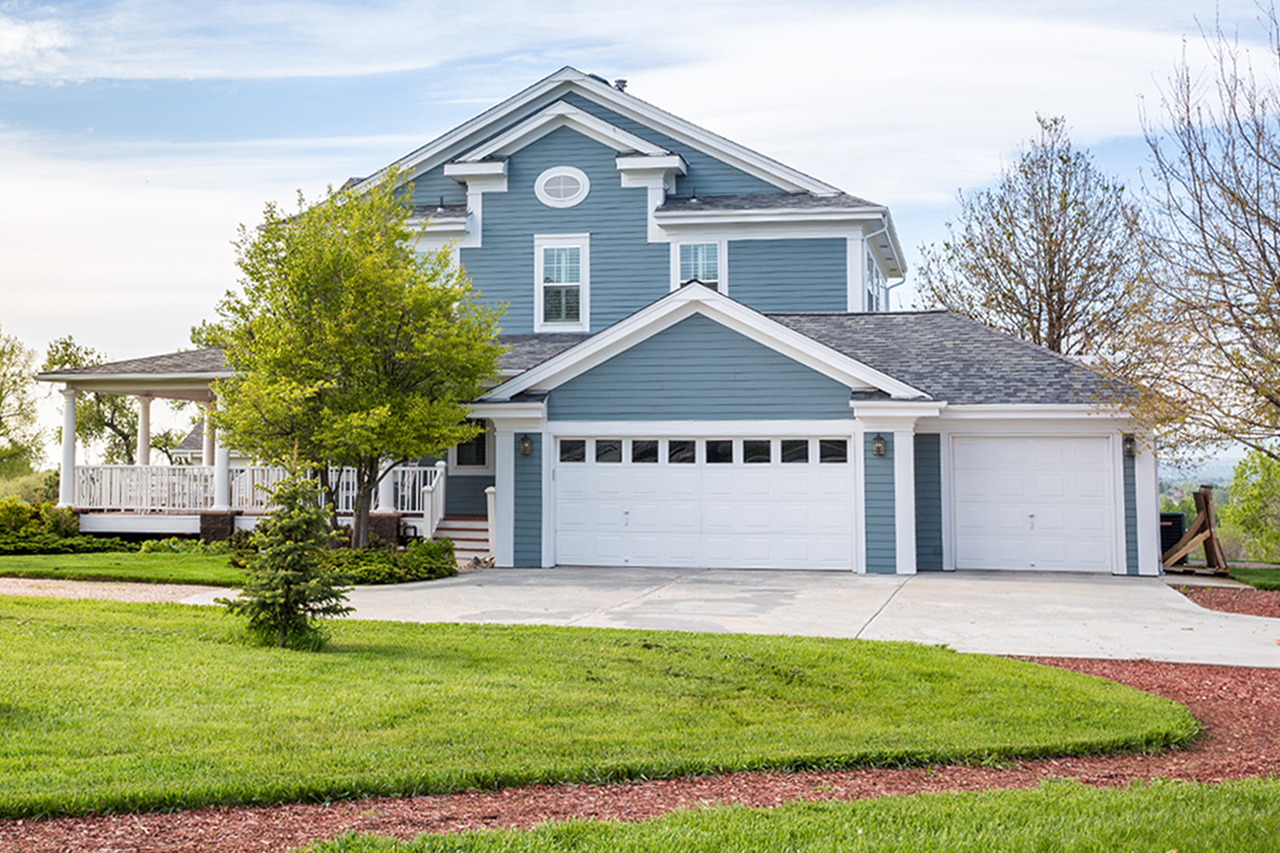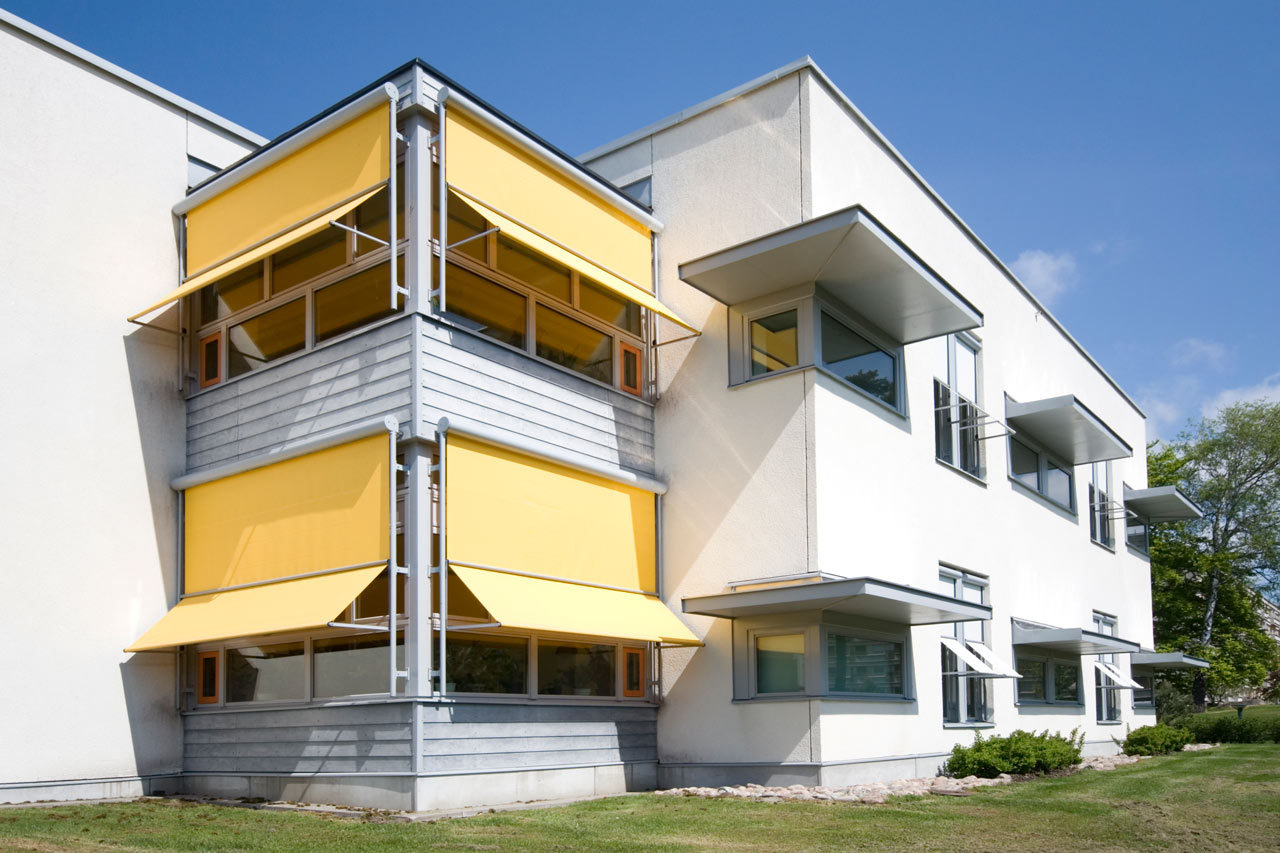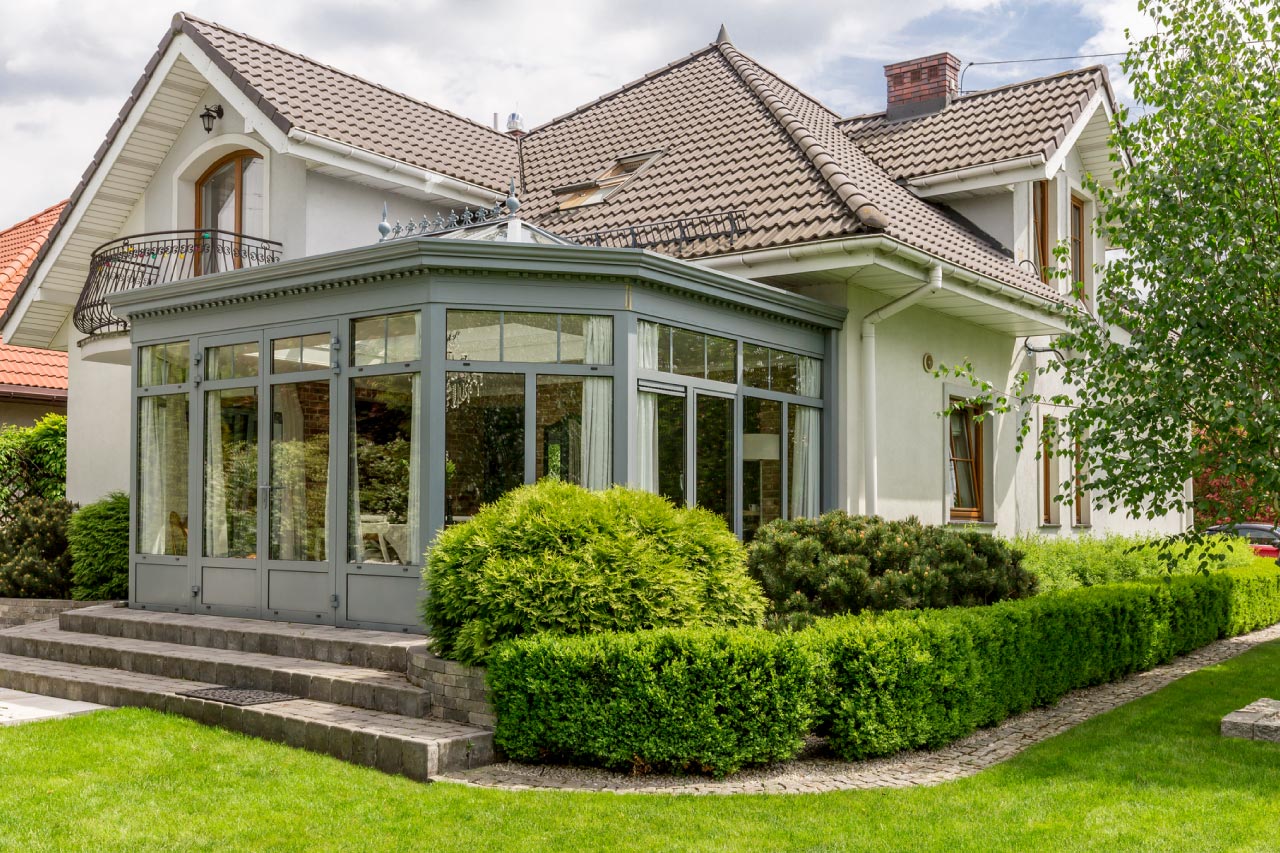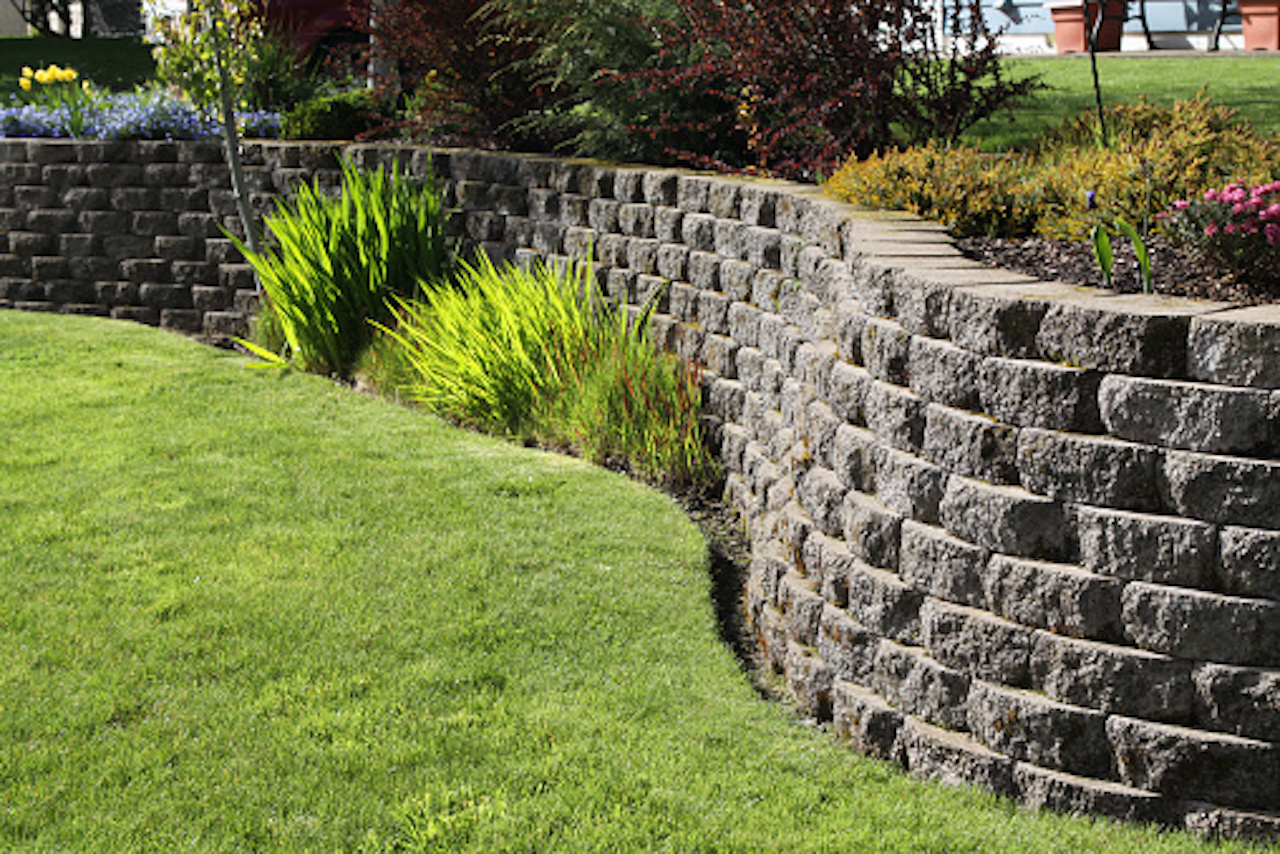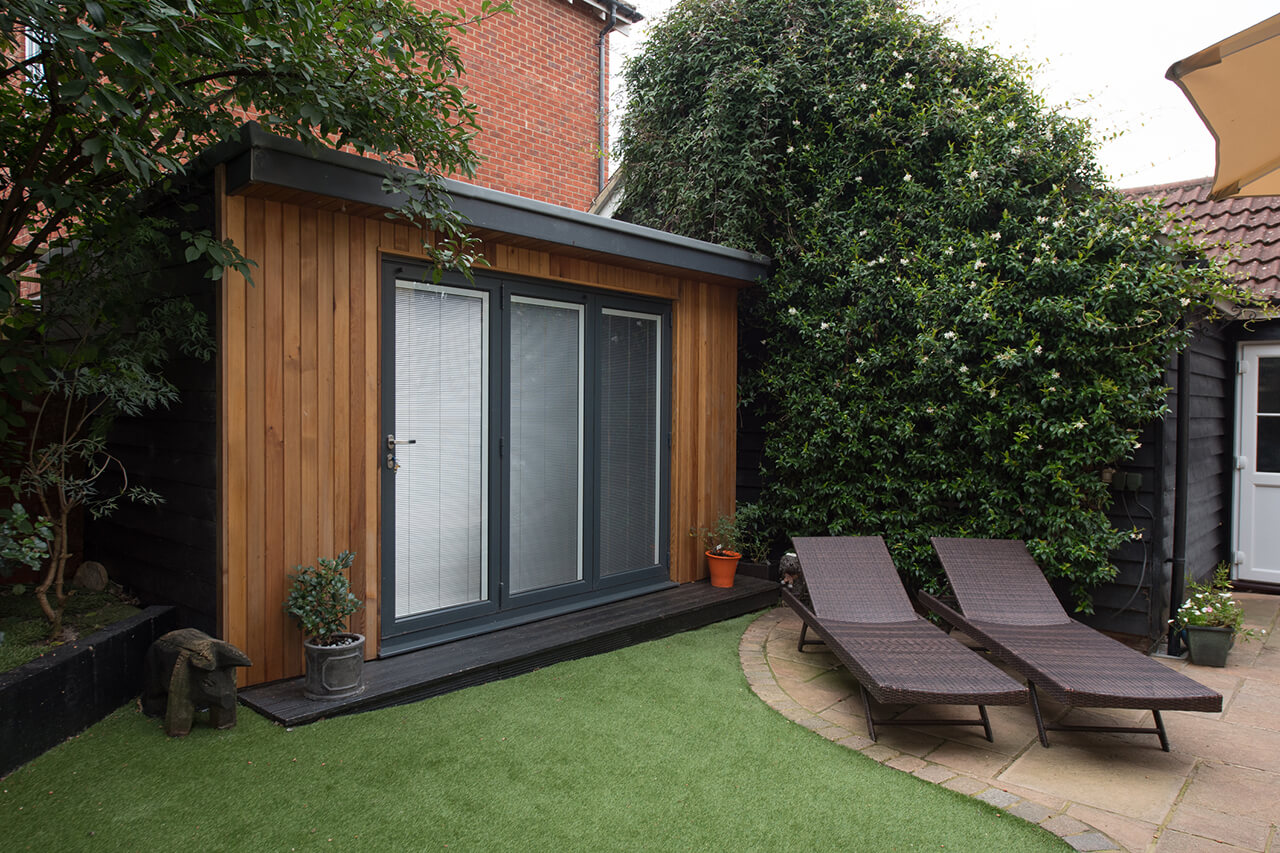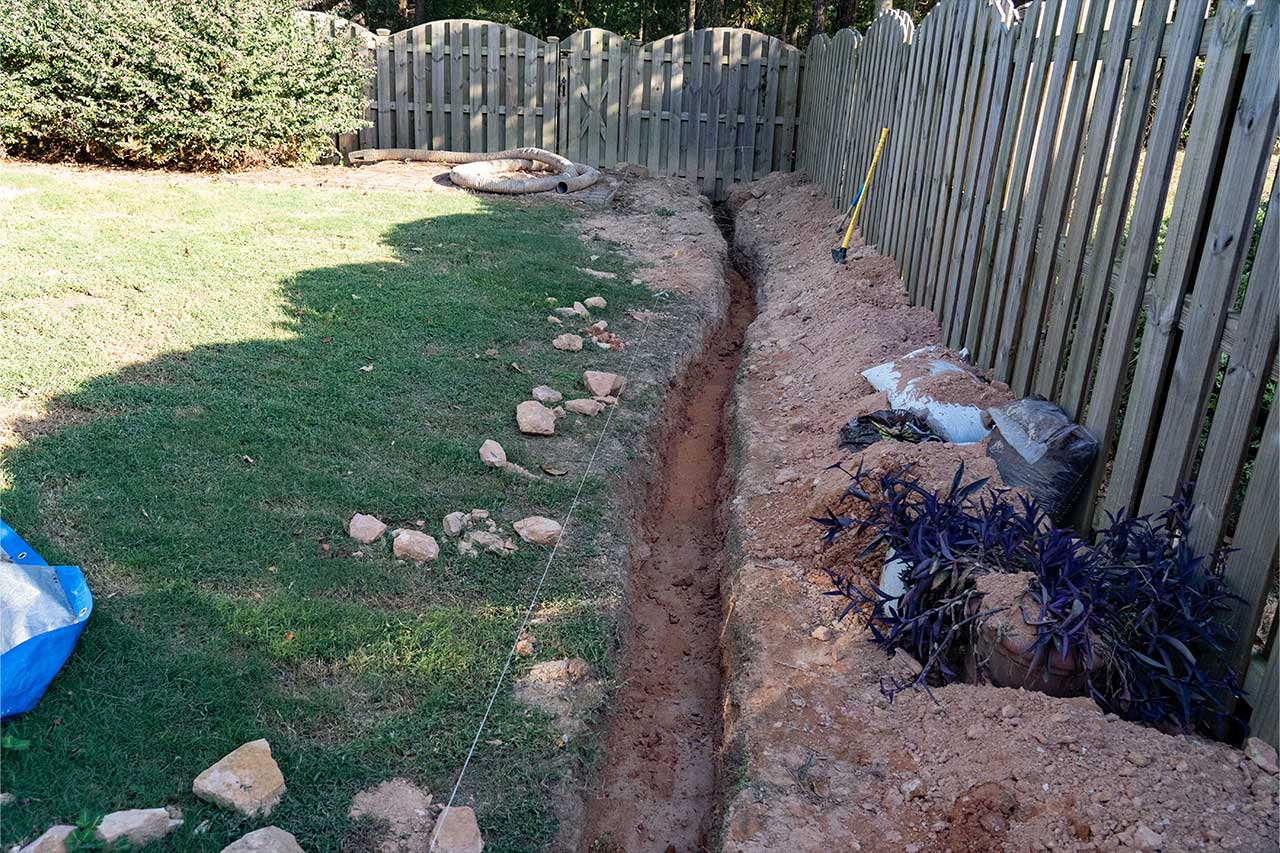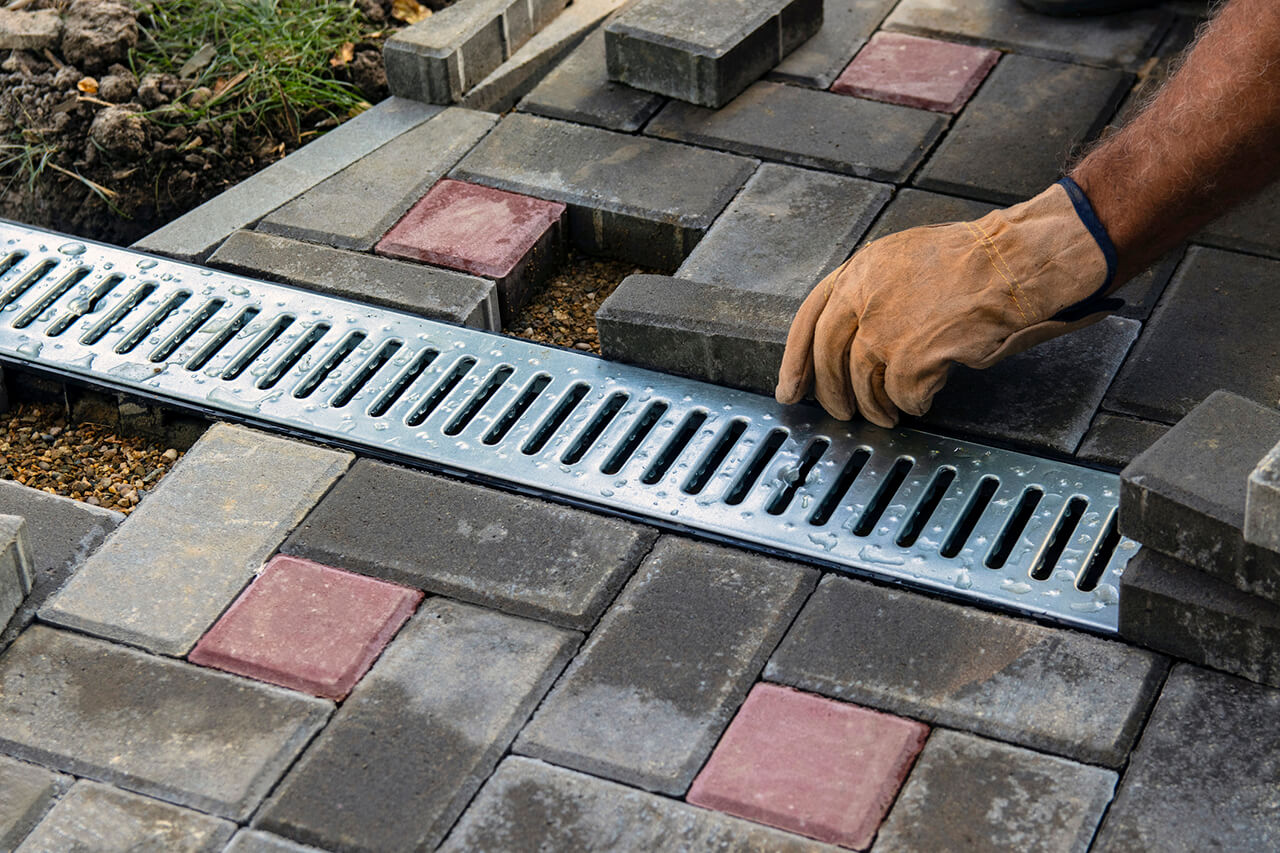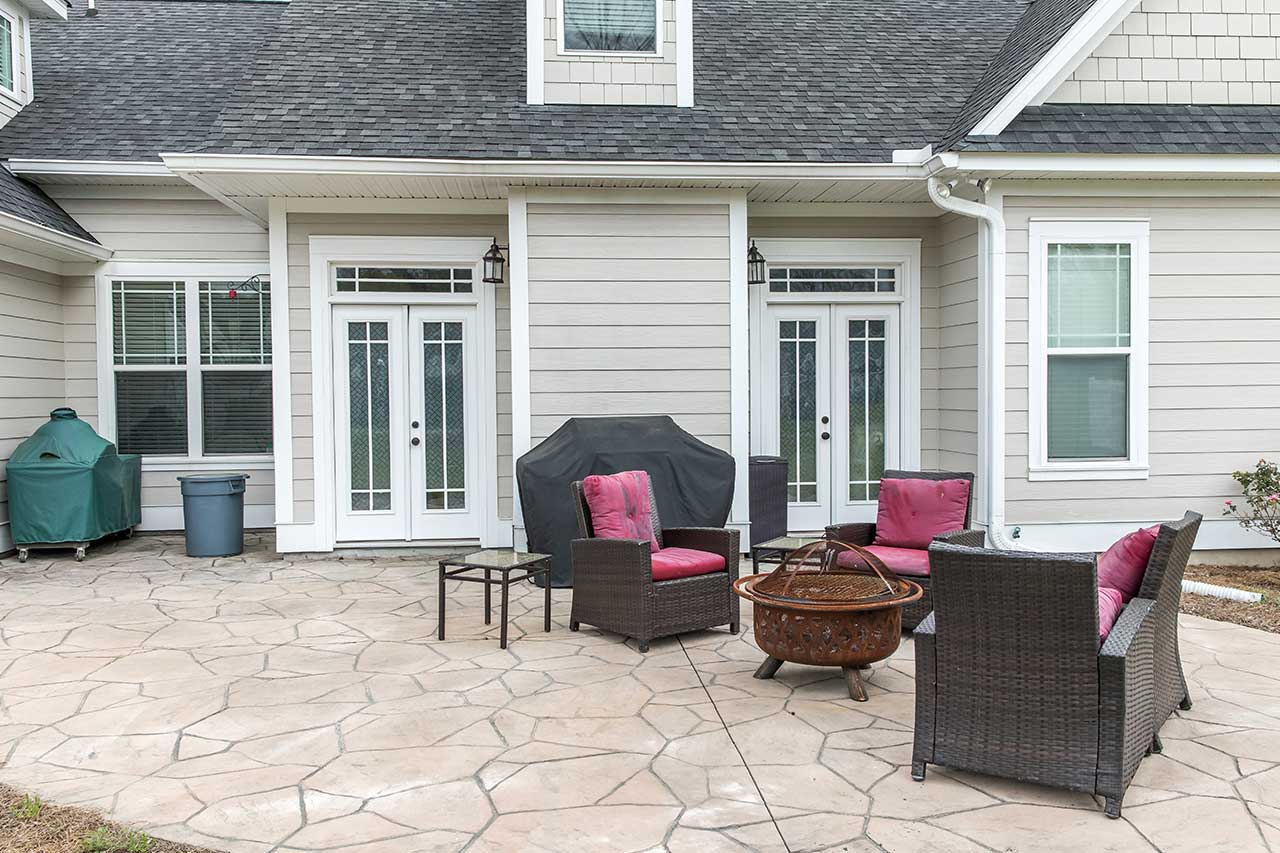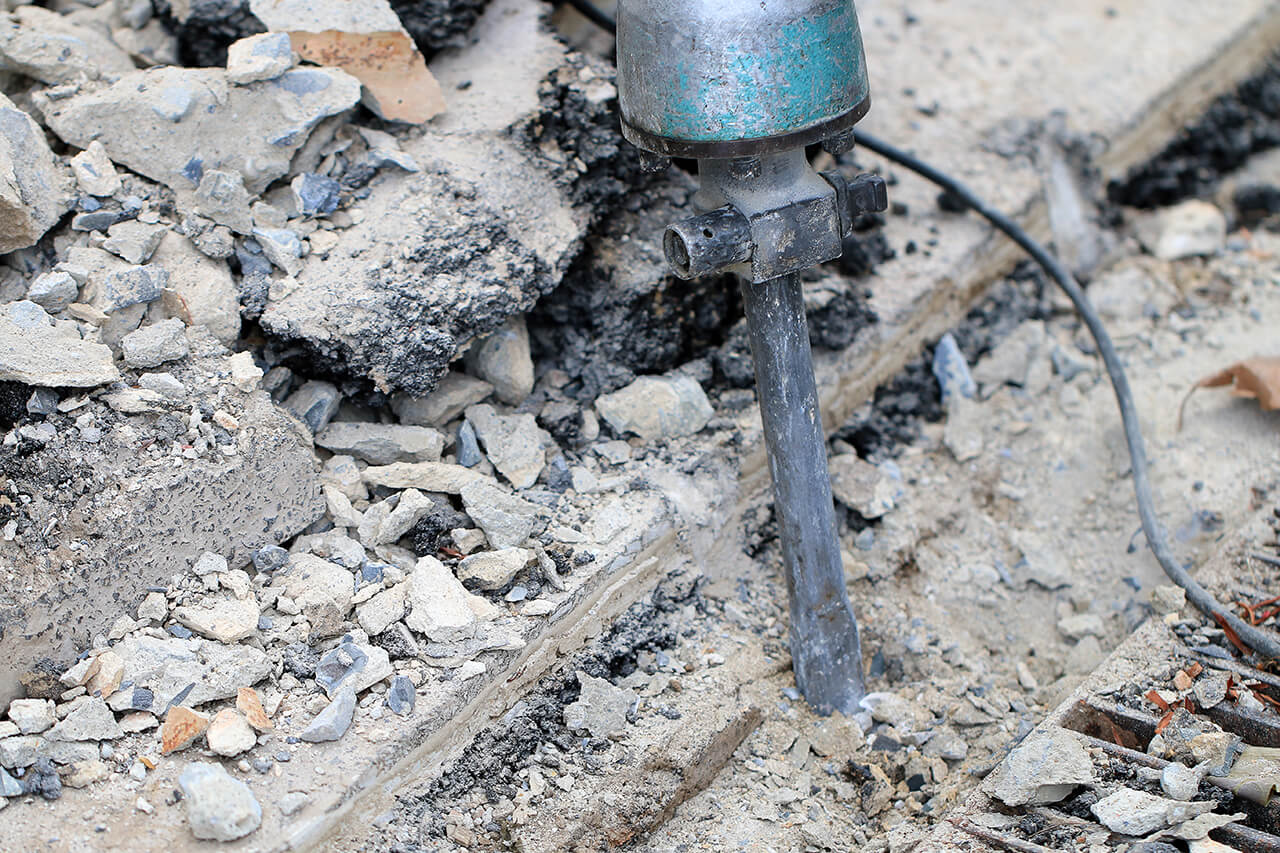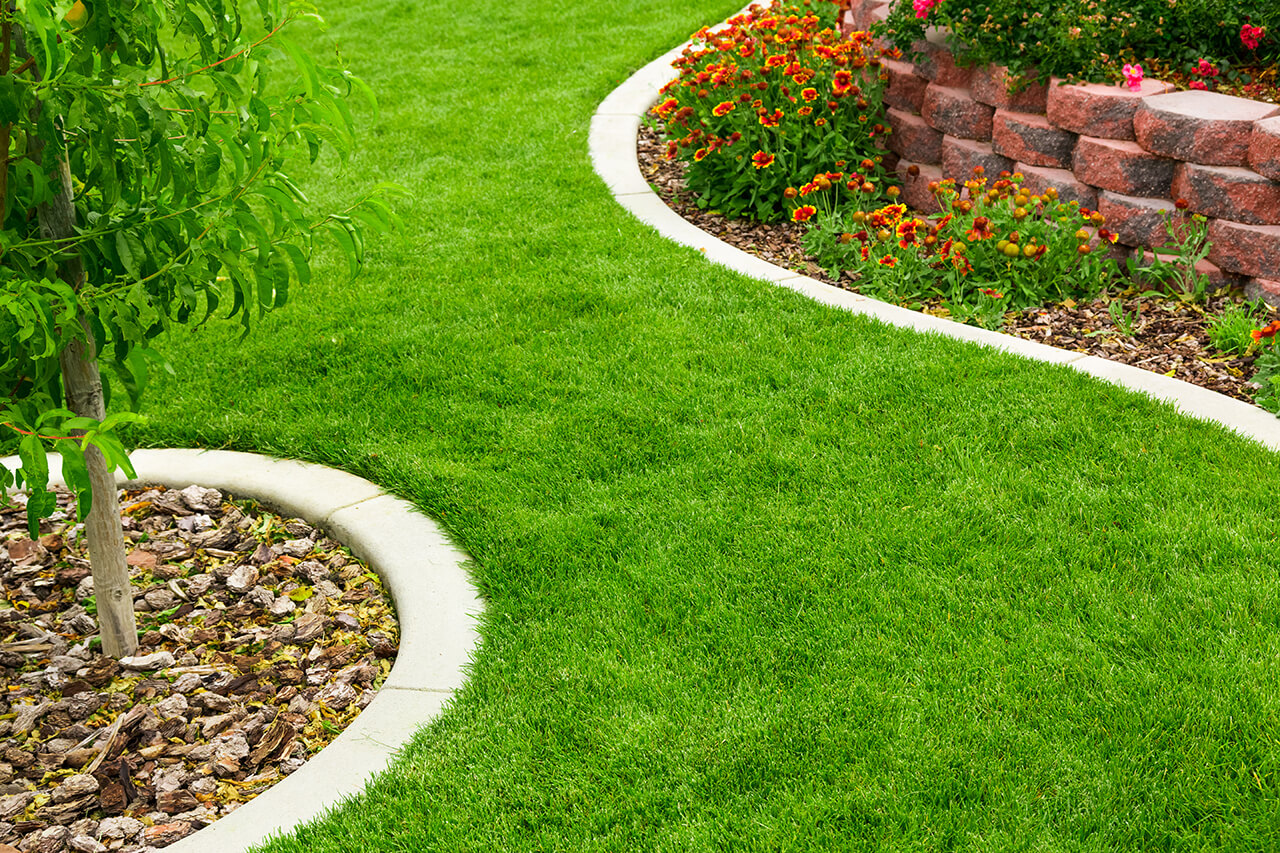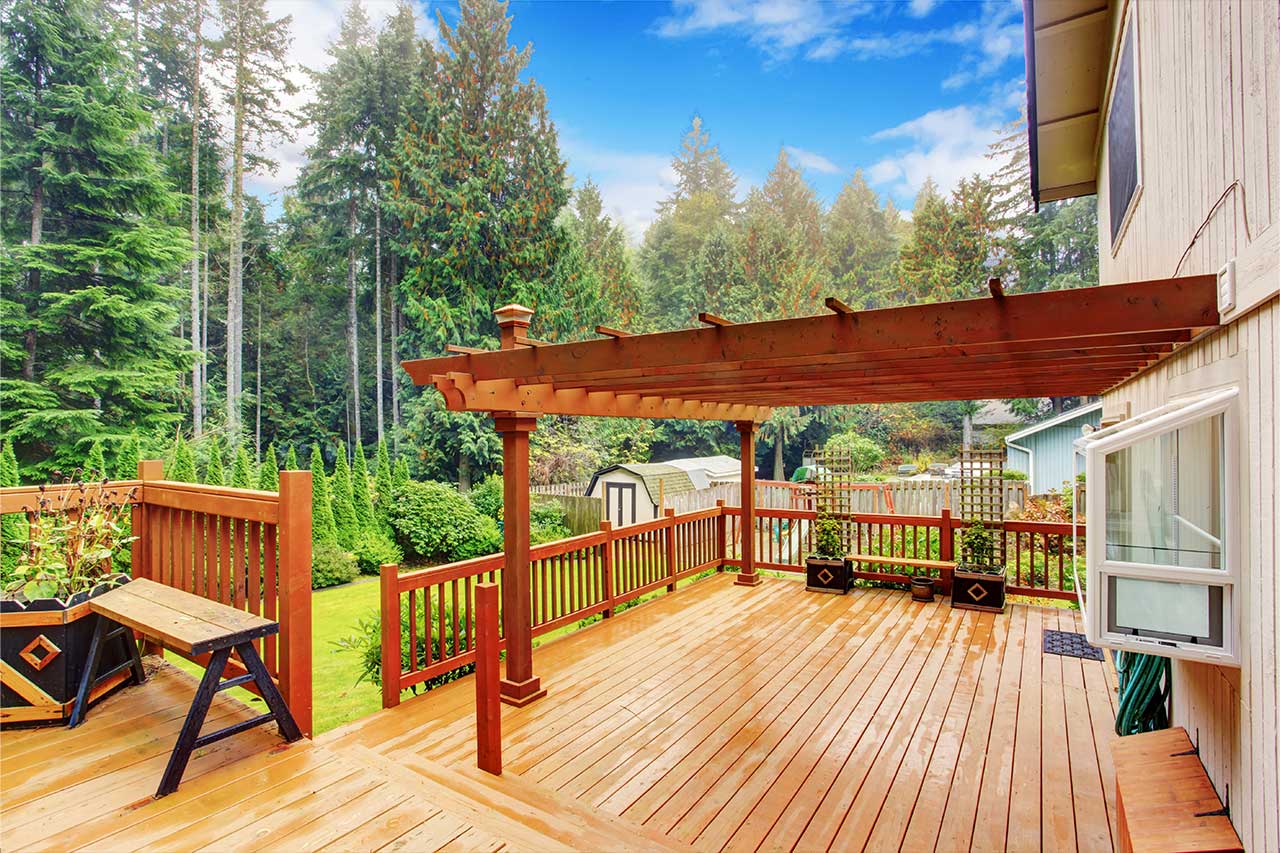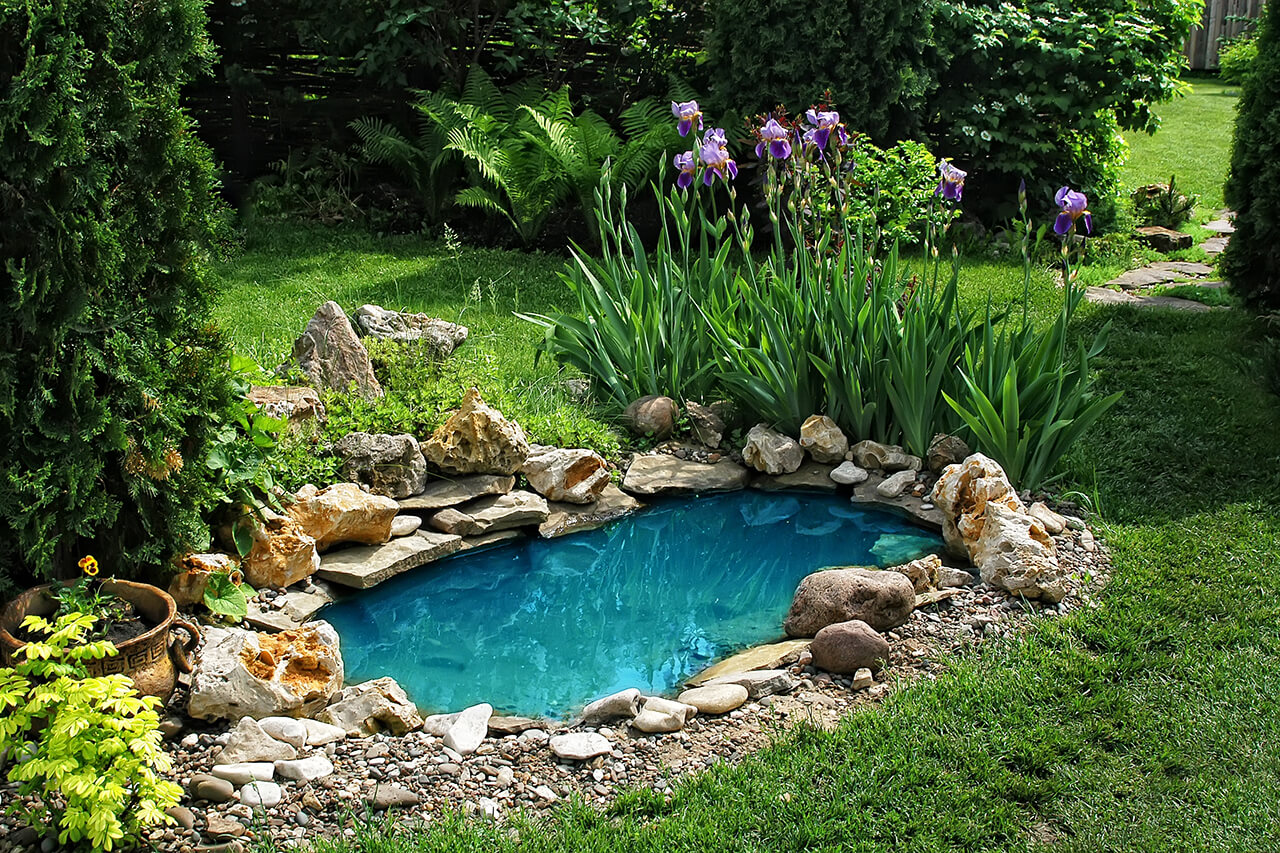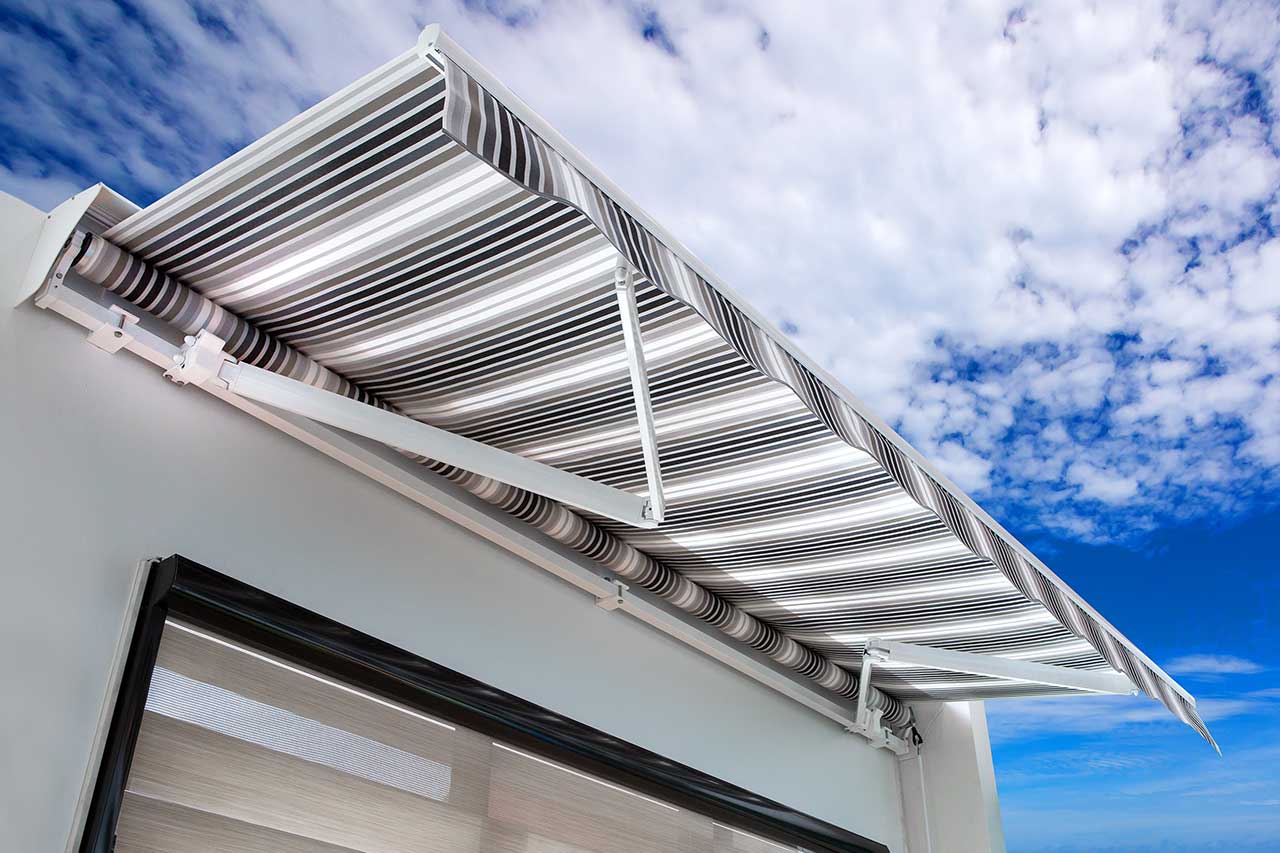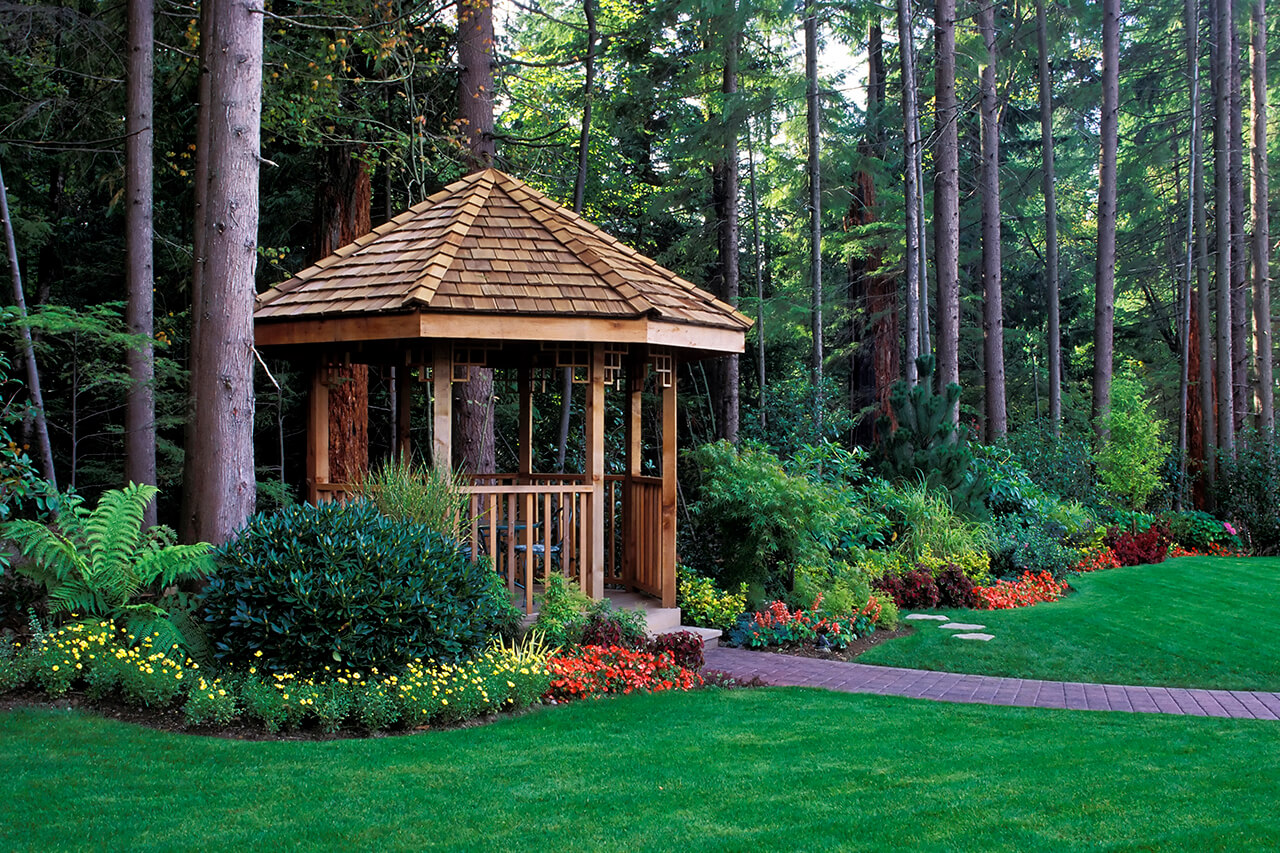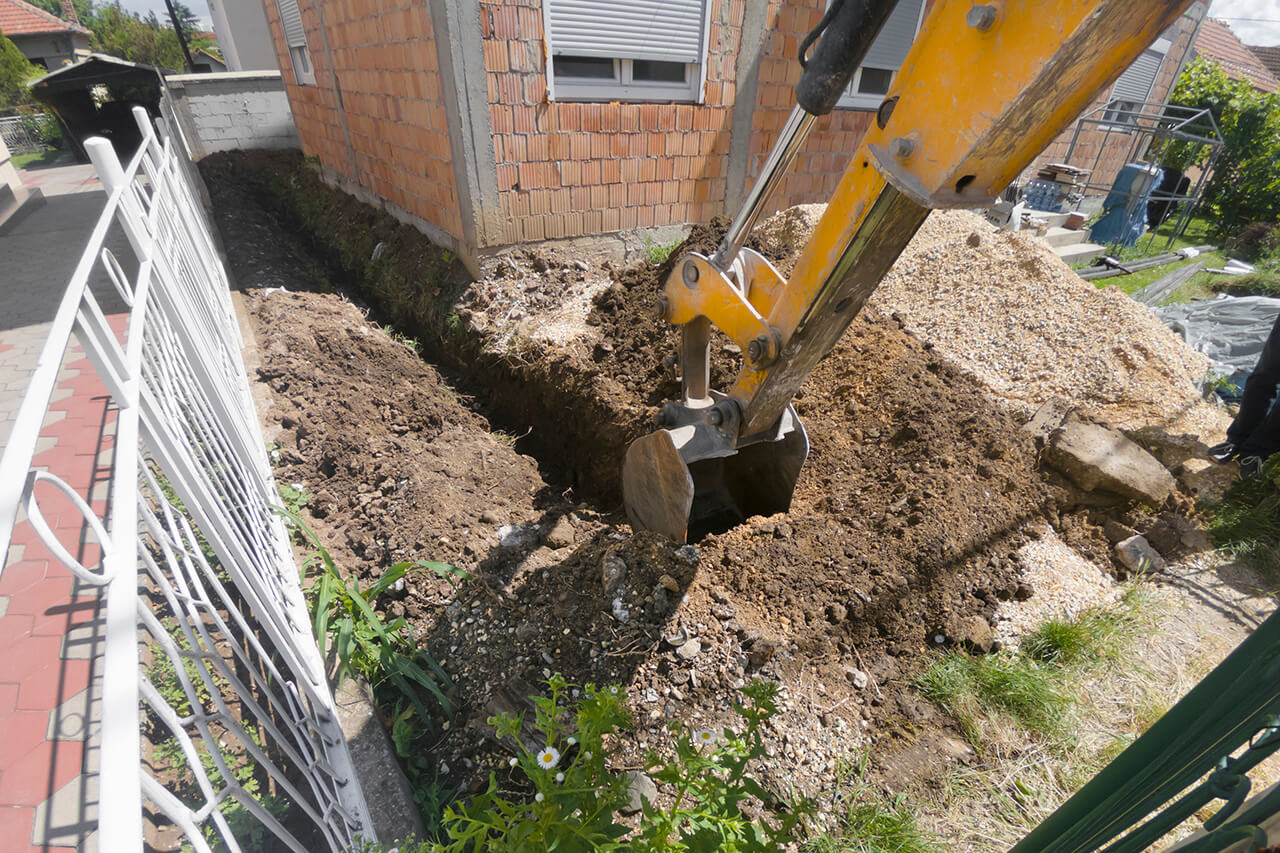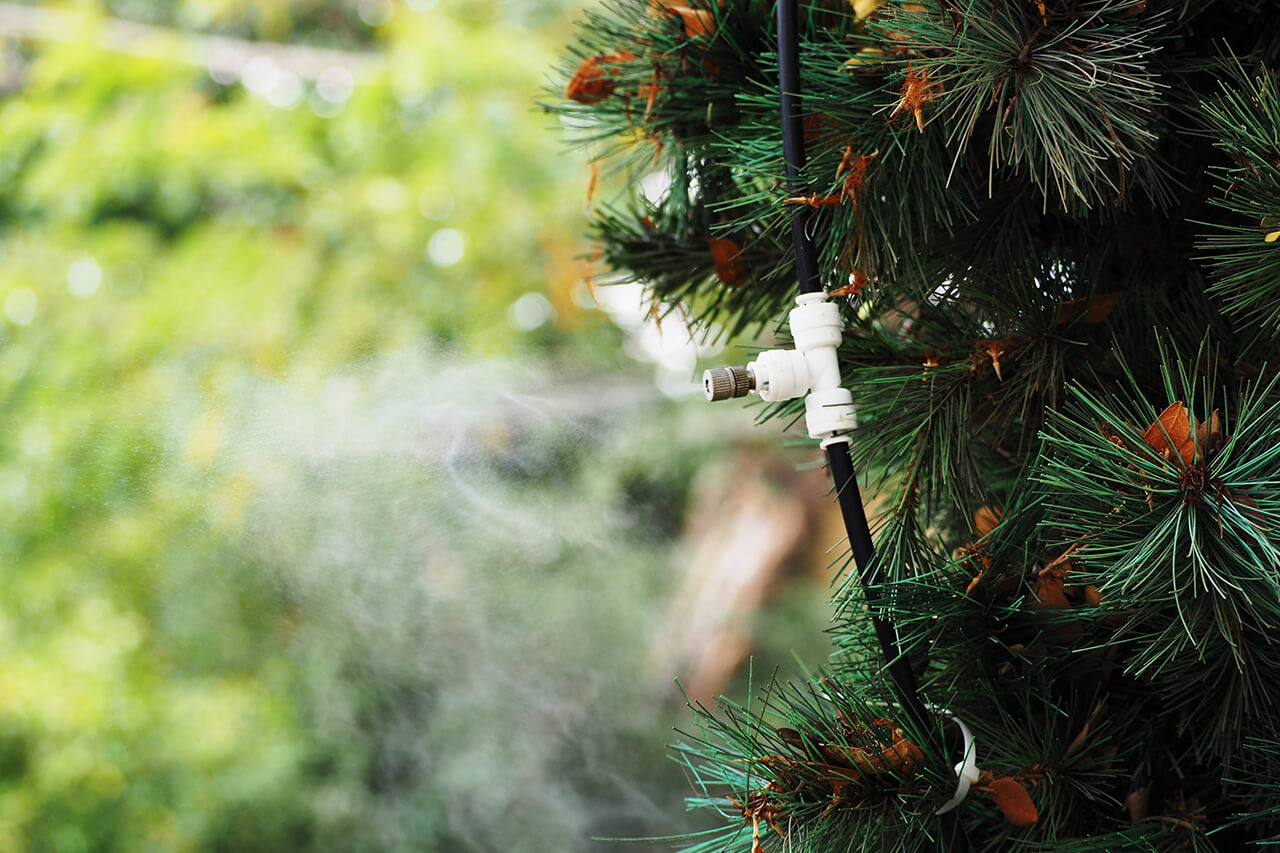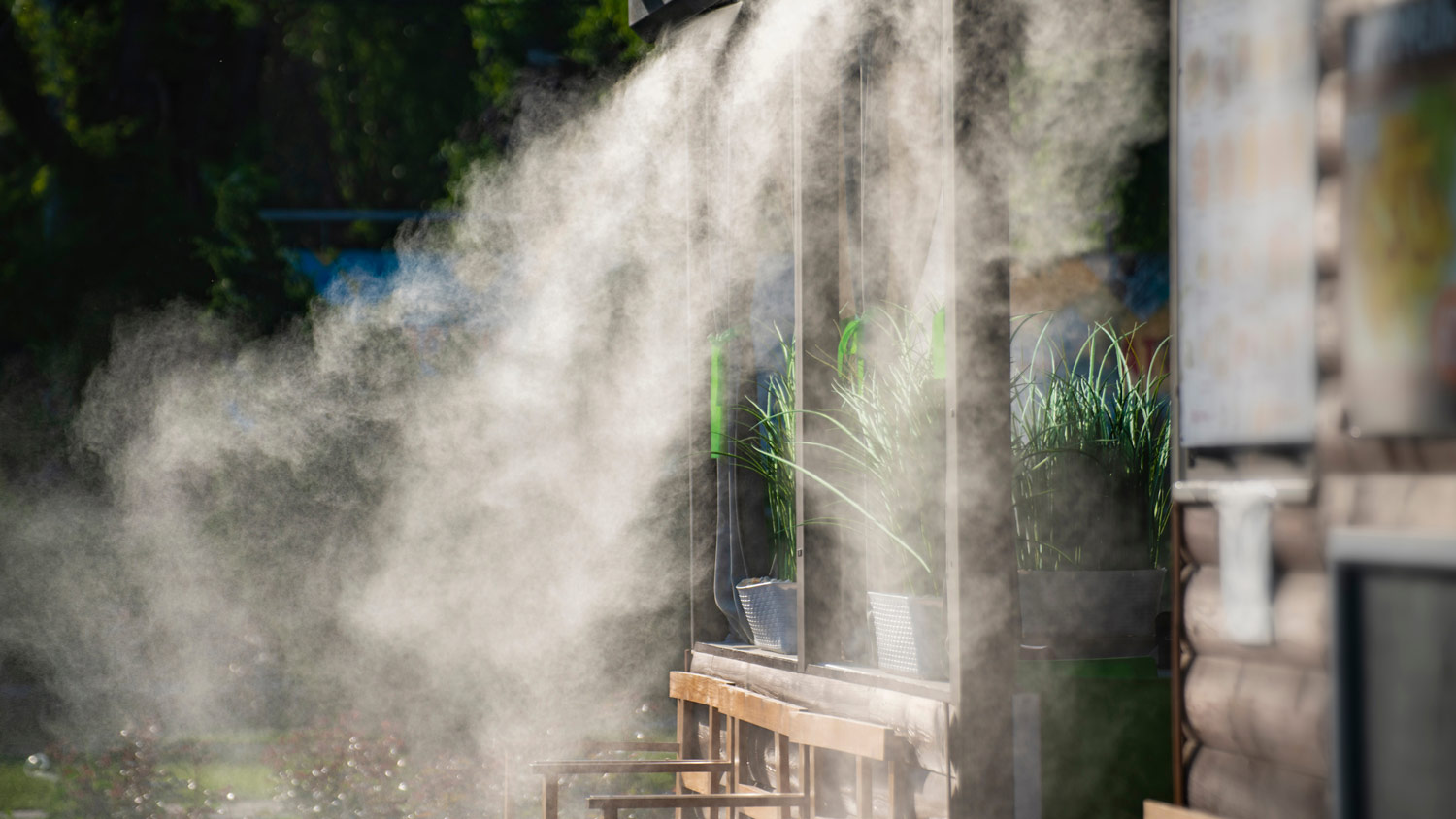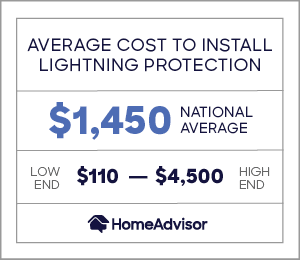DIY Installation
Though lightning rod installation could be a DIY project, it's easier and safer to leave the work to a UL-certified professional. At the very least, he/she should assess how many rods you need and where they should be placed. If done on your own, you could spend $1,200 to $3,000 in DIY materials, including the rods, mounts, conductors, cable connectors, fasteners, and a grounding piece. When you buy a lightning protection system from a professional, all the equipment and labor are included as a packaged deal. This makes it difficult for a pro to install only parts of the overall system.
DIY-ers can purchase this equipment online and in select hardware stores. When purchasing on your own, you run the risk the equipment doesn't meet national safety standards.
Surge Protectors
Whole House Surge Protector Costs
A whole-house protector, including materials and installation, costs $300 to $500. They prevent the home from taking on excess voltage that can harm wiring, appliances and devices. This piece of equipment is built into the home's electric service panel and can cost $100 to $300 when purchased from a hardware store. Installation requires handing electrical components, so it's a job for an electrician or lightning protection company.
Outlet Protector
Each electronic should have its own plug-in or power strip, which can cost $20 to $50 each. A 110-volt surge protector is recommended for electronics like a TV and cable box. Most homeowners can install outlet surge protectors on your own.
It's important to know that a surge protector device (SPD) will sacrifice itself to do its job. You'll need to replace it if there's a surge of electricity. As a result, it's not necessary to spend money on the more expensive models. More money doesn't necessarily mean more protection. Just be sure the SPD you choose is UL-certified and doesn't have a history of causing fires.
Lightning Arrester Installation for the Home
A lightning arrester is an added line of defense to protect the home from lightning that strikes a power or communication line. It prevents power surges and outages. Arresters are above 1,000 volts and are affixed on power and telecommunication lines. Their job is to divert the current from the struck line to the ground, away from the house. Contact your local power or telecom company to inquire about the possibility of them installing them on power systems near your house.
Average Cost of Lightning Damage
According to the Insurance Information Institute, insurance companies pay more than $800 million in over 100,000 lightning-related claims per year. That translates into more than $8,000 per claim, which can include fire damage, structural damage, electrical repairs, and appliance and device replacements. It can also account for new landscaping in the case trees and plants were damaged.
Beyond defending the home and people in it, a protection system can provide peace of mind. If you've decided this system is right for you, talk to various qualified professionals and get multiple quotes. This will help you determine who will provide the best protection for your house.
